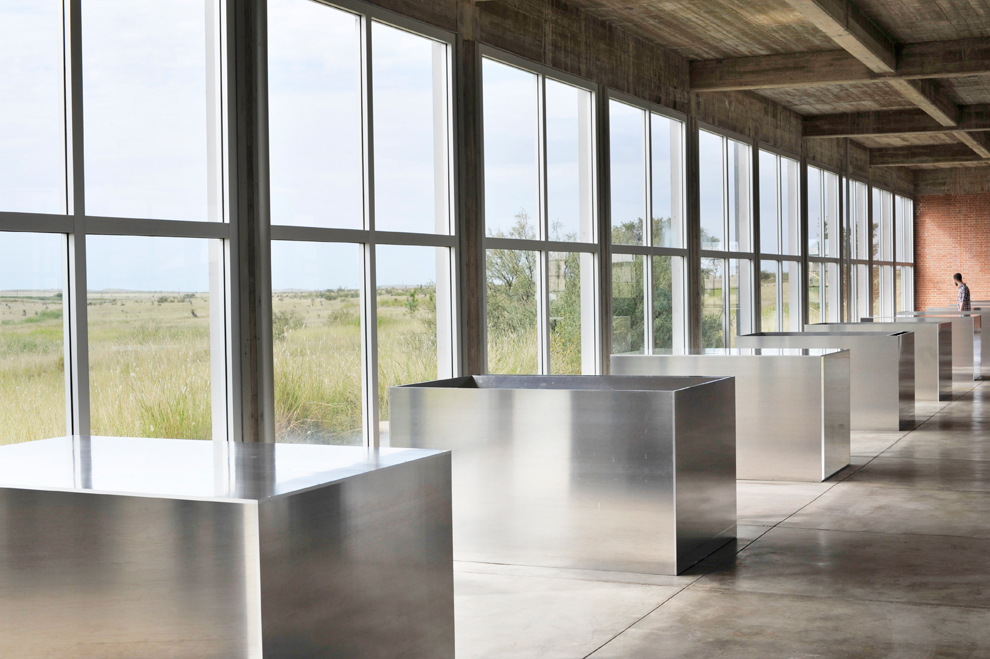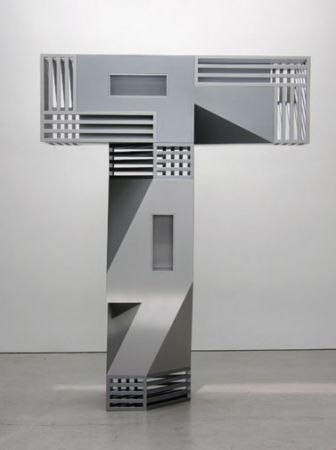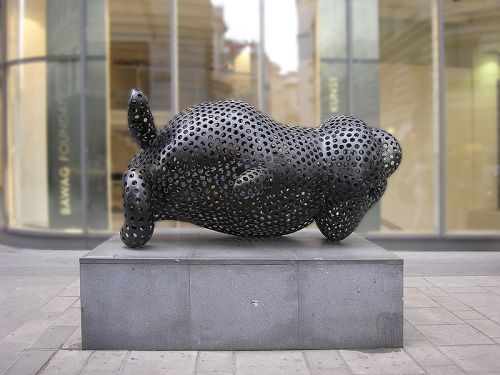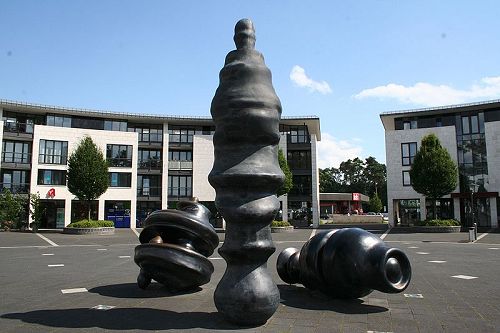Roxy Paine is a very unique artist. Paine uses machines that are computerized to mechanically produce both sculptures and paintings. He enjoys taking these mechanical sculptures and make organic and natural forms such as plants and other things in nature. This leads to confrontation about the contradiction of nature and man made objects. Paine’s works would question the acceptance about nature vs. culture vs. artificial. His works have been exhibited internationally and included in other collections as well.
“Maelstrom” created in 2009 that is made out of stainless steel. The dimensions of this work are 29 x 130 x 25 ft. This work includes stainless steal pipes, plates, and rods that he would bend, dent, and conjoin together to create his branch like structures that appears to be a forest. Not just a forest but also a forest that was destroyed. His reasoning behind this work is relating it to a historical event that happened in 1908 in Paine cities in Tunguska event. During this event a meteor hit and exploded in mid are and then crashed a destroyed 80 million trees. This piece stimulates an effort of endless cycles of living and dying. During the same time it also gives a sense of serene meditation idyll overlooking central park.
"Maelstrom"

"Maelstrom"

Other works
“Crop” created in 1997-98. Made out of lacquer, epoxy, oil paint, and pigment. The dimensions of this piece are 58 x 96 72 inch.


“Weed Choked Garden”


.jpg)

























